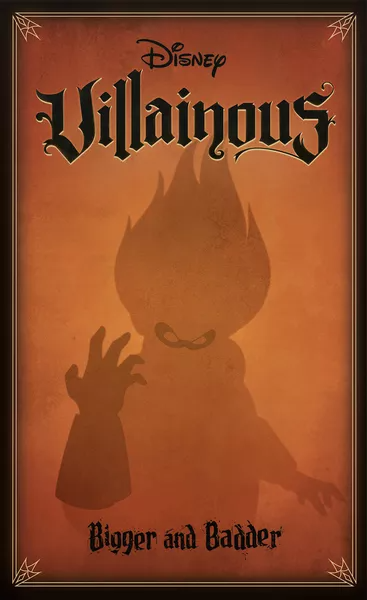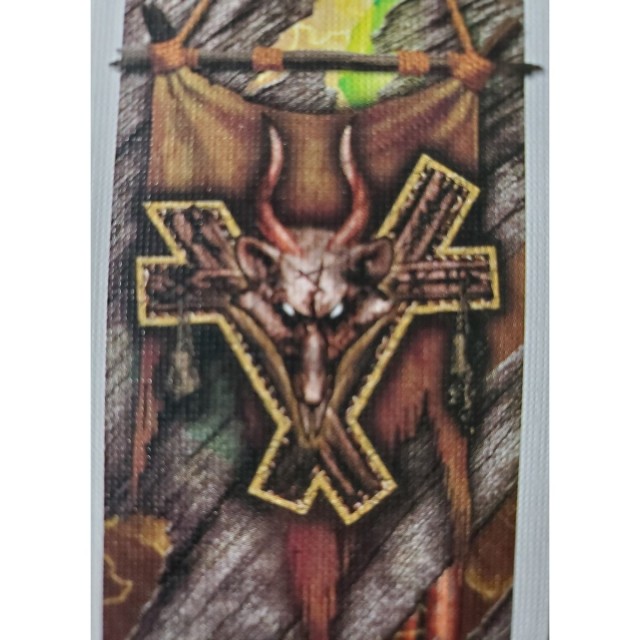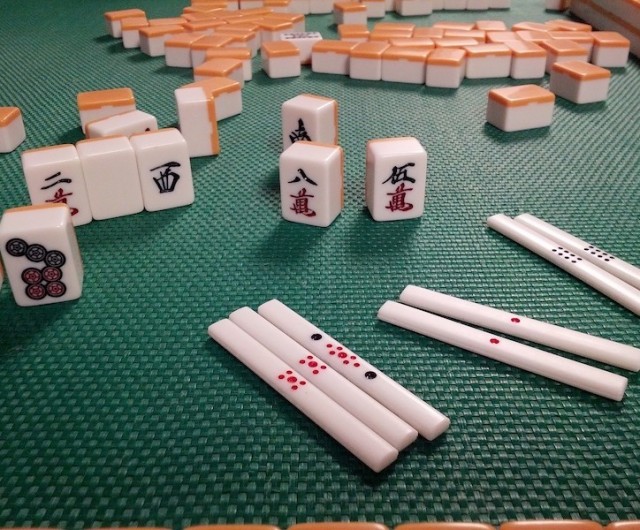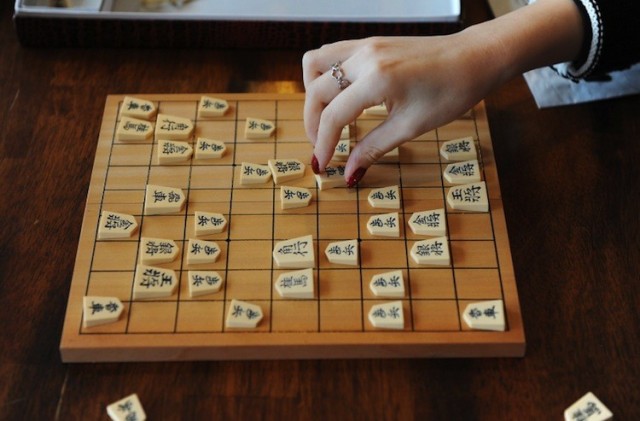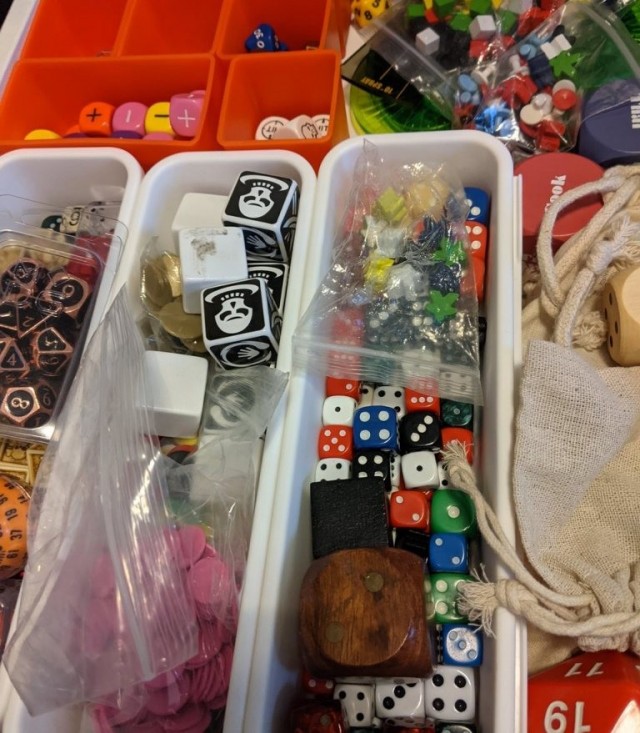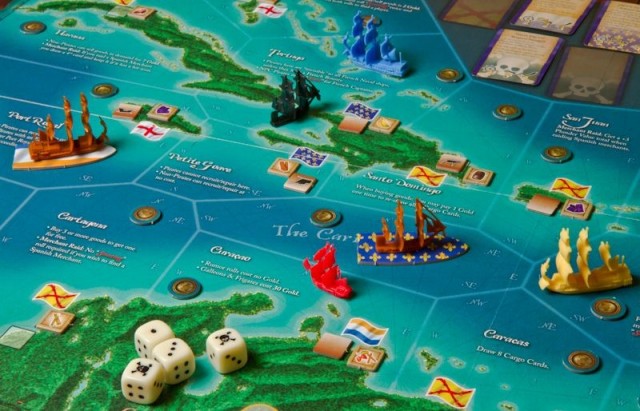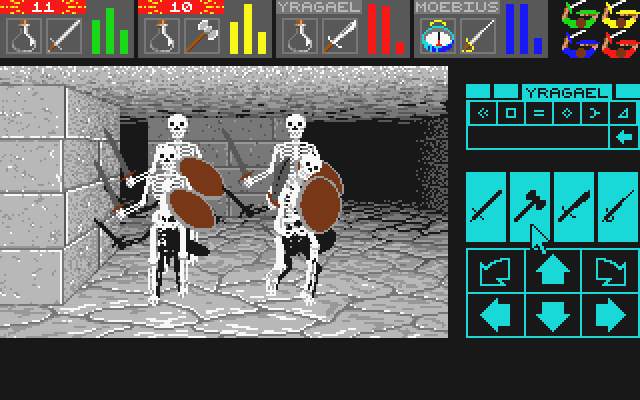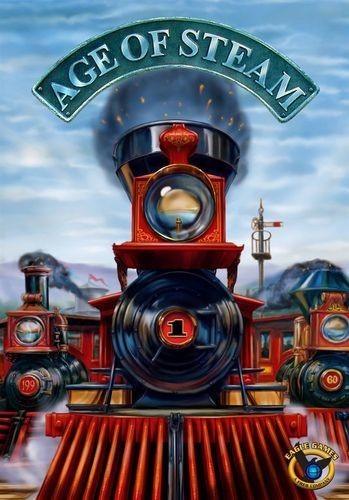Games tell stories. They can tell a big story of victory and defeat, of treachery, of despair, or even of how you managed to impress a king a bit more than the other players. But how they do it, that's the real question.
There has been a lot of talk about theme and setting and how the mechanisms of a game can help or hinder the two. Setting is a great term to use when talking about a game. The setting is the background, the source material, and the universe the game takes play in. Theme on the other hand is a more wonky term. Michael Barnes has proposed – if I’m reading him correctly – to use theme as a way of describing what the game is really about. So for instance Battlestar Galactica is a game with a space setting, but the theme of the game is betrayal and what it means to be human. But to most of us theme will still mean more or less the same as setting, and in some games the two will – I believe – overlap even if using Barnes’s term.
Now, a long time ago I wrote an article about stories in games. In that I argued that “story” was how the game actually plays and not just what it was about – story as process, or dramaturgy in other words. And furthermore I suggested that a game can consist of both large and small stories; that is the ebb and flow of a game of Starcraft vs. the tale of how a swarm of zerglings overrun a lone marine. Personally I often play games because of these stories. And not just the stories inherent within the game fiction, but also because of the shared stories between the players; the story of you backstabbing me once again (or rather the other way around if I must be earnest about my play style), of how I always roll badly, and so on. For this article I'm interested in the first kind of stories; the ones that are created by the game or in the game.
I believe we need to talk about how games tell stories. Not what kind of stories, but simply how. Not because it’s in any way groundbreaking or new, but because it might help generate a framework for further discussion. So I'm gonna start by suggesting six different ways games can tell stories, namely through basic structure, by physical presentation, rules exceptions, flavour text, paragraphs, and finally rich settings. These categories are not enclosed and they will often overlap - one story might be supported by both the pysical presentation and several rules exceptions - but that does not change that both can be considered categories - or tools, rather - in themselves. Let's go.
Basic structure
By basic structure I’m thinking specifically of those game that create a sense of dramaturgy – of a big story – because of the way the rules make them play out. Risk 2210 is a great example; simply because of the five round time limit the game forces players to take certain risks while at the same time simply depicting a certain time frame for the war.
I talk a bit more about Starcraft in the article mentioned above, but the use of phases is also a basic structure that generates a mad dash for special victory. And yet another example is the Clone Wars edition of Risk where Order 66 and especially the dead simple Order 66 track (the longer you wait, the higher the chance of defection) give the game structure and thus story.
But of course also the traitor mechanism in Battlestar (and especially the way it allows the traitor to fuck things up without revealing himself) is a story generating basic structure.
Physical presentation
A couple of good examples of this story mode are Trias and Lost Cities. Not games that tell interesting stories – Lost Cities is in some ways the poster child of a pasted on theme – but hear me out. In Trias the board will gradually change as the continent tiles drift apart. And since you cannot connect a land mass to the basic continent (Pangea) after it’s drifted away, you get a very visible and clear presentation of an evolving land mass. You actually witness continental drift and as the game progress, so does the story. Admittedly, the dino herds, the fact that your dinos can turn into “swimmers” and so on make no sense at all, but what’s important here is that the way the board physically changes during play tells a story.
Lost Cities is somewhat similar and at the same time totally different. Each card in the different series tells part of a story. You start far away from a treasure, and each card brings you closer. The story is undeniably there, but it is only remotely linked to the game itself. In fact, you could get the story just by looking at the cards in succession. But the rule about not being allowed to play a card that’s lower than one already on your expedition actually means that when you play, you will be told the correct story. It’s not a big story and I certainly do not “feel” it as I play, but it is there and in a more story-oriented game such an effect could be put to good use, I think.
Graphics aren’t story in themselves. So slapping Egyptian pictures on tiles does not give Ra a story. But requiring a flooding in order to score farmlands is on the other hand, but then again this particular story would still be told even without the graphical presentation of floods.
Rules exceptions
Of course all rules can help or hinder the story of any given game. But often rules exceptions will help tell that small piece of history or allow it to play out during play. The priest from LNoE being immune to the sex card is a prime example, but the way Memoir ’44 uses special forces is another. For instance the French Resistance troops have the opportunity to withdraw extra spaces when forced to retreat allowing them to melt away in the woods and regroup for another attack.
There’s countless examples of this, but what’s important is that rules like that can also be made to balance out the game part of a game. So while small extra rules and/or exceptions can certainly help to tell stories during a game, it doesn’t have to be that way. And more exceptions can often hinder the story – like with how only one person at a time can build a fence in Agricola.
Flavour text
On of the simplest ways of telling a story in a game is to simply write it. But by flavour text I don’t mean paragraphs which I’ll get to later (even though they are related). What I’m thinking of are the small blurps of text often found on cards in for instance FFG games and games from Flying Frog.
Now, flavour can both tell a story (or help tell it) and it can set the framework for one. The long descriptions of individual races and their backstories in Twilight Imperium, for instance, do not produce story in the game as such. But if Letnev and Sol clash during the game, the backstory can help to add a sense of story to such a clash. Or maybe it was even initiated because a player wanted to play the role of Sol and go after Letnev because of all the wrongs they supposedly did according to the backstory.
The best example of the other kind of flavour is the title of a card from the zombie game Last night on Earth. It simply says “this could be our last night on earth” and the effect is that a female and male character in the same space will lose their next turn because, I assume, they’re busy smooching. This is brilliant use of flavour text, and it just gets better when you learn that the priest character is immune to this card (which is a rules exception).
But also just the title of action cards in for instance TI3 can be said to be story generating flavour text. The card that lets you destroy a damaged ship, for instance, is not called “destroy a damaged ship”, but “critical hit”. It may not be a big story, but story it is.
One of the problems I have with A Touch of Evil is that when playing the corporative game, the villain progression track or whatever it is, is just a table. Roll a die, see what happens. In Arkham Horror you are told what happens. A gate opens. Maybe the GOO is closer to awakening (adding doom tokens) and there’s even flavour text or actual events on the cards. The table seems to be an add on rather than an integral part of the story the game’s telling and thus lack of flavour text can also, I think, hinder the story of a game.
Paragraph
Paragraphs can be said to not generate story, but to be story. Mechanically a card in Arkham Horror could just say: test luck, if you succeed you gain a lantern card. But instead you get a long story about how you travel with an explorer to the dark cave and there have the opportunity to venture further in and maybe find a lantern some less fortunate spelunker left behind. And in fact several people play with the rule that you don’t hear about the possible outcomes before you choose to commit to something during an encounter.
I have never played Tales of the Arabian Nights, but the paragraphs of Arkham Horror continues to amaze me. Especially the other world encounters. I seem to recall on that simply says something in the line of: “If only you can make it to the idol in time and escape. Test speed …” and so on. That is one hell of a story you get the opportunity to imagine right there.
Some of the paragraphs in Arkham tells you the full story, but a lot of them is not much more than the “critical hit” card in TI3. They are vey much open texts (Eco) and the best of them can set your imagination spinning.
Story rich setting
This category is a bit of a stretch. But I do think that a setting rich in story – Lord of the Rings,for instance – will help a game generate story as it progresses. I firmly believe that the Knizia coop LotR retells the ring bearer part of the story in an impressive way. Not because you read the story or experience it, but because you feel it. Or at least I do, and this is obviously because I know the books the game is based on.
Another example is A Game of Thrones. I tried (and very much liked) the game prior to reading the books, but after reading them I find that it helps the game tell a story simply because I know who the houses are and what they’re like.
Both games obviously also use rules to help the story (the support mechanism in AGoT for instance) and/or to support the theme, but having a huge and for me interesting backstory helps a lot. And more than just the background flavour in TI3, I think.
Lastly
Now, I am most certainly forgetting stuff here. But I believe that the categories mentioned above are a good place to start. Especially since they all – with the possible exception of the last one – can be said to tell actual stories and not just help them along. And I hope that by making these classifications it’ll be easier to look at the kind of stories games tell with all of their mechanisms and bits and not just the ones I’ve mentioned here.
 Games
Games How to resolve AdBlock issue?
How to resolve AdBlock issue? 
